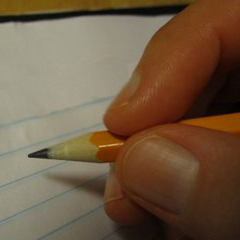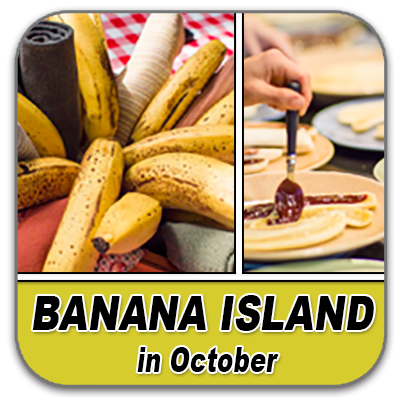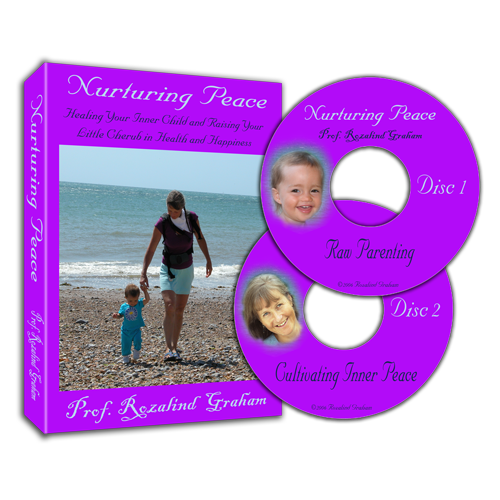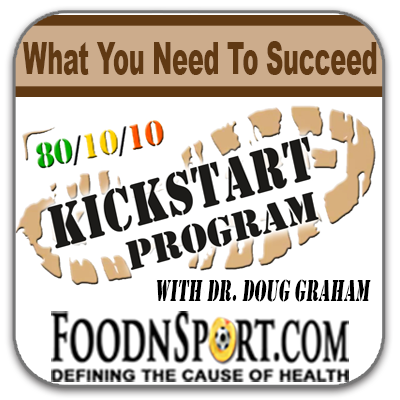Emotional Journal
by Janie Gardener
Published: Mon, 20 Jun 2011

A good old-fashioned hard-copy private journal or individual writings on paper can be a good way to deal with emotions. An emotional journal is not like a traditional "what happened today" news-reporting type of journal. Rather, it is a place where you can be totally honest with yourself, without concern about anyone else’s opinions or needs; where you can write as messily as it comes out and in partial sentences, with bad grammar—unreasonably or irrationally if you want; where you can draw what you feel or just scribble away and ignore the lines and social conventions—not needing to be nice or brave or anything you don’t feel at the time. These writings, marks, drawings, scribblings and whatnot can be totally free-form, an expression of how you feel at the time about whatever is going on in your life, head, and heart—without needing to make sense to anyone, not even yourself—where you can be free to feel what you feel, be whatever or whoever you are in the moment . . . and also what that is in the next moment as well—where you are just You.
I personally found this practice quite helpful in high school, as I navigated some intense emotions and issues. I had a psychology course that required writing something every day about how I felt—whether it was words, drawings, or both. When I was angry I got out a red Crayon and scribbled really hard, even poked holes in the page on purpose once. When I was sad I wrote about the situation. When I was happy, I wrote and drew pictures about it. I sometimes wrote a letter to someone I had an issue with, saying things I’d never say to them directly, knowing I’d never show it to them, in order to just get it out of me and move on. This physical process of expressing my emotions with paper helps me get in touch with what I’m feeling, and also helps me to accept that feeling and myself for feeling it. Ultimately it helps me release the feelings.

If you find yourself holding back due to a concern that someone may find your emotional journal, then destroy it after you're done. Some people find the destruction process therapeutic as well, seeing it as a way to further release those emotions that have not been released by the process of expressing them with paper already. Another way to release unwanted emotions and thoughts is to use visualizations to imagine those emotions and thoughts and then destroy them in your mind in some manner. This mental exercise is sometimes more practical for releasing passing unhelpful and unproductive thoughts in the moment: instead of dragging out the writing materials, you just send the thoughts on their way or destroy them in your mind’s eye. People sometimes use mental imagery, like putting the journal on a boat, so it sails away never to be seen again … or locking it in a box (or series of them) … or burning it and watching the smoke dissipate … or other visualizations. The possible scenarios are as endless as your imagination: limitless.
I am a fan of experiencing the kinesthetic process of expressing my emotions with paper at least once, then reviewing that paper later on. I personally pull out the paper now only for really strong emotions that stick with me and grab my attention so much that other methods don’t work, or when I feel I need to figure out or learn something about the situation that I haven’t yet. Writing about a situation often helps me see something from a different perspective. Usually the matter is not resolved in one session, though it can be. Unless you feel the need to destroy the content of this exercise, you may want to keep the physical product to look at later. Reading what I have written later, at a time when I’m not feeling those emotions, often helps me resolve the issues and feelings more easily.

Sometimes a feeling of anxiety overcomes me just before I realize that I need to make a big life change. Once I figure out what the change may be and imagine doing it, the anxiety drops away and is replaced by excitement at the possibility. It is at this point where I recognize the benefit of those challenging emotions, and I can turn my attention to figuring out how to accomplish the change, if needed. The expression “live and learn” applies quite well here.
Life is change. Whether we perceive the changes as good or bad is often a matter of perspective and choice. If you keep your writings and drawings, reviewing them years later often points this out quite readily. Things that had seemed so very important and situations you once thought were final in your life no longer hold the same weight (or any), or they no longer apply—another kind of change. I’ve actually found the contrast between my past and present feelings to be quite humorous at times, and always educational.
When we're in the midst of emotions, it often seems the feelings and/or the situation will last forever. During these emotional times I find comfort in the knowing that I have worked through tough issues in the past to remind me that I will get through this as well. An emotional journal is a tool you can use for coping, self-awareness, self-acceptance, unconditional self-love, for experiencing individual sovereignty, creative expression, and more—all of which can help you gain the emotional poise you deserve.
Exercise
Your emotional poise mission, should you choose to accept it:
-
Materials: Paper and whatever available writing, drawing, or marking tools you choose at the time.
Exercise: Put something down on that paper about how you are feeling, what you felt during the day and what you feel about it now, or any other feelings and emotions—there are no constraints on how you go about expressing, other than it must be about the emotions and thoughts and involve the paper.
Repetitions: At least once every day for the next two weeks, more if desired or needed.
Precaution: Remember you are creating a space free from judgment, even your own here. Accept your feelings for what they are: emotions—you do not need to act on them in order to validate them, but identifying them and accepting yourself for having them will help you gain emotional poise.
Oh, I suppose there is one more rule of sorts … enjoy the journey!



Articles:
-
The 32 Elements of Health: Element #7:
Emotional Poise and Stability by Luke Sartor - Up Your Outlook by Dr. Graham
-
The 32 Elements of Health: Element #21:
Inspiration, Motivation, Purpose, and Commitment by Luke Sartor - A Can of Progress by Dr. Graham
- Food As A Coping Mechanism: Excerpt from Fresh Food Festival 2010 by Prof. Rozalind Graham
- Vegan Family Holidays – Make Them Happy Holidays! by Dr. Graham
- Social and Emotional Aspects of Eating by Prof. Rozalind Gruben (now Graham)
- 32 Elements of Health: How Round is Your Wheel? by Luke Sartor
Retreats:

|

|
Self-Study Materials:
|
(2-CD Audio Set) 
|
Membership 
|
How To Live 80/10/10 
|
